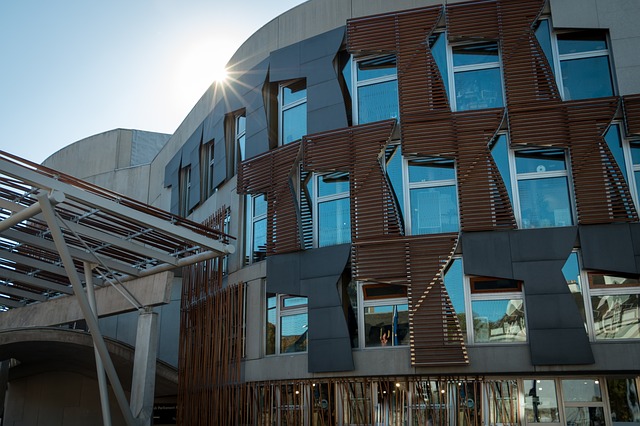Building Safety Levy sparks fears of deepening Scotland’s housing crisis

The Scottish Government’s proposed Building Safety Levy (Scotland) Bill, intended to fund the remediation of unsafe cladding, is facing mounting criticism from rural organisations and major developers who warn it could worsen Scotland’s housing emergency rather than resolve it.
Scottish Land & Estates (SLE) told Holyrood’s Finance and Public Administration Committee that fragile rural housing markets risk being collateral damage unless exemptions are introduced. The levy, which would tax developers constructing new residential buildings, could make already marginal projects in rural areas unviable.
Anna Gardiner, senior policy adviser at SLE, said: “Rural Scotland is already facing a housing emergency. Build costs have risen sharply while values remain static, and the private rented sector is shrinking year on year. In small villages, the loss of even one or two homes can have far-reaching effects – from school rolls to workforce availability. If the levy reduces housing delivery, the consequences for rural communities will be devastating.”
SLE is calling for a rural exemption similar to that already applied to island communities, stressing that large-scale projects in rural areas often appear substantial on paper but are delivered in small phases over years, dictated by local demand and cashflow. Gardiner also highlighted the cumulative impact of multiple policy burdens, including the forthcoming Scottish Passivhaus Standard – expected to add £12,000 to £20,000 per unit – alongside Section 75 obligations and abnormal costs.
“The financial strain is overwhelming,” she warned. “Government policies are pulling in opposite directions, making it harder to see how Scotland’s housing emergency can be resolved.”
Industry voices echoed these concerns. Miller Homes, one of Scotland’s largest developers, revealed it has already scaled back construction in Scotland, with output falling from around 25% of its UK total in 2019 to “well under 14%”.
Julie Jackson, the firm’s general counsel and company secretary, said margins on many sites were already thin and the levy would “tip more sites over the edge”.
“It is not because of a desire not to grow in Scotland,” she told MSPs. “We are headquartered here and want to invest, but the numbers are telling us we are going backwards. Policies around housebuilding are making it worse.”
Developers explained that viability calculations are already stretched: land values are determined by subtracting construction, clean-up, and council obligations from expected sale prices. Adding a new tax could push land values to zero, meaning landowners simply will not sell. This, they warned, would hit hardest in more affordable parts of the country where housing need is greatest.
Trade body Homes for Scotland (HFS) also questioned the government’s financial modelling, which predicts the levy will raise £30 million annually. HFS argued ministers had overstated the size of the new-build market, assuming it was worth £4.6 billion when Registers of Scotland data put it closer to £3.2bn.
Fionna Kell, HFS’s policy director, said: “We should not have to rely on estimates of estimates. Eight years on, we need robust modelling to make informed decisions. At present, confidence is lacking.”
Natasha Douglas of Bancon Homes added that a levy of £3,000 per home could cut profit margins by up to 20%, limiting firms’ ability to employ staff and expand – despite many companies never having built properties with unsafe cladding.












